How Christmas shopping has transformed since the ’60s and ’70s

Whether you love it or hate it, Christmas shopping is an annual necessity for everyone.
And as technology continues to advance, the practice as a whole has completely transformed.
But do you miss the small, local shops of the ‘60s and ‘70s, or do you prefer having everything readily available now – whether it’s through late-night department stores or online?
As retail giants continue to take over, and the digital world advances, shopping has become unrecognisable from decades before.
Read more: Mall-owner Westfield selling out in Australia’s biggest-ever takeover
Here we look at how Australian shopping has transformed over the years:
’50s and ’60s
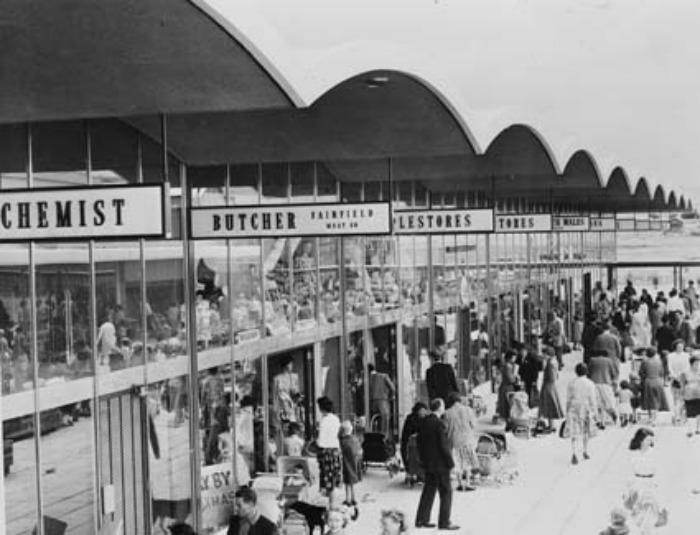
Shops may stay open right into the night now, but it wasn’t always the case.
Back in the ’50s and ’60s, most shops situated anywhere other than the city centre would open at 8-9am and close dead on 5.30pm – and weekend trading hours were largely restricted to mornings.
While many traders still take off the public holidays now, there are always department stores and supermarkets in bigger cities as back-ups – a relatively recent development.
So what happened for people living in suburbs or out of largely built up areas?
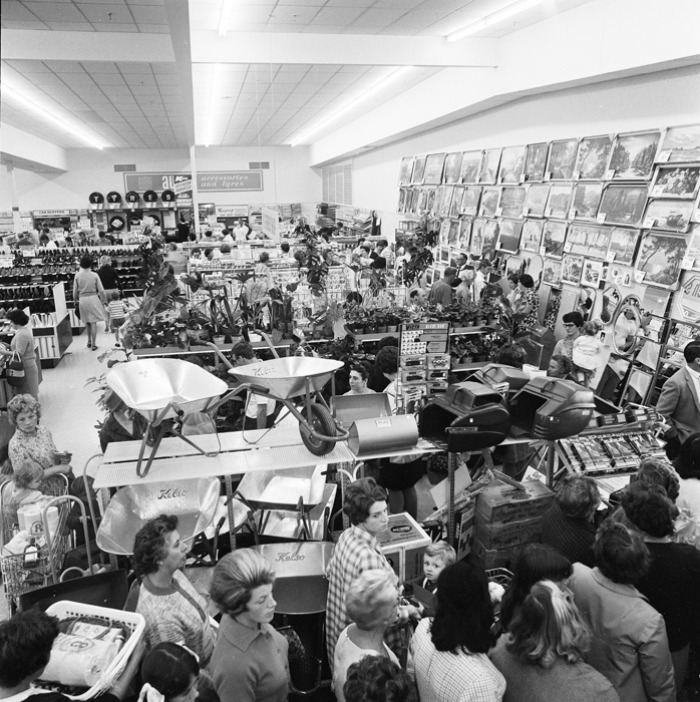
There were hardly any suburban department stores or shopping arcades, so people would need to pack on to public transport and make the lengthy trip into the city for any essentials out of hours.
It meant Christmas shopping was just as busy as recent years, if not more so, with less choices and time limits.
Rather than big department stores, people would shop at the Butchers, Bakers, Grocers and Newsagents.
Do you remember shopping at the time? Where was your favourite place to go?
’70s and ’80s
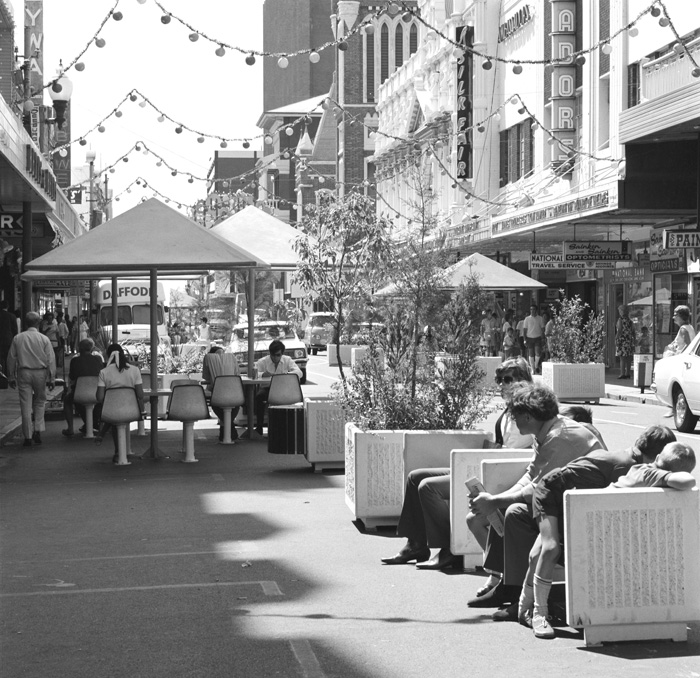
As some smaller shops began to get bought out by bigger chains, there were still many more local traders standing firm – giving shopping a community feel.
As transport was yet to advance to how it is today, shopping would often be a full family day out, combining essential shops with attractions in the city to make the trip worth it.
While self-service is now taking off, there would often be enough staff on hand in bigger department stores to serve every customer, making it a more personal experience.
But do you prefer the ease of self-service? Or do you miss the chance to have personal service?
Writing on Adelaide community page Adelaide Remember When, writer Bob Byrne reminisced: “Many of the stores depicted the nativity scene in their window and it was a strong competition each year to see which of the big stores could come up with the best Christmas decorations.”
He added: “Maybe I look at Christmas shopping as an adult in a completely different way but it seems a lot of the magic has disappeared from the act of shopping at Christmas time. As a kid it was always such a huge adventure, these days it’s just another chore.”
Another popular practice at the time was layby payments, allowing people to pay off bigger items bit by bit, while keeping their purchases on stand-by.
Many stores still offer items on finance, but with Pay & Go and other online payment methods on hand, laybys have dropped slightly in popularity.
Read more: Shopping centre launches ‘fast lane’ to ease walk rage this Christmas
’90s to today
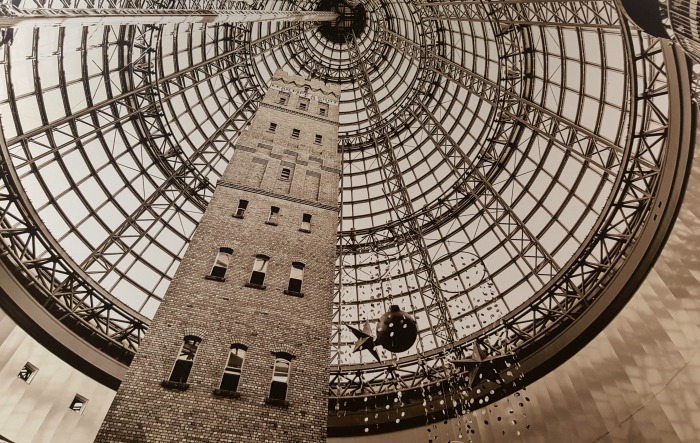
As larger department stores and retail giants continue to buy out smaller independent stores, the practice of shopping has become entirely different in recent years.
Rather than making shopping a full day out – which many people still do – others can nip to a shop on their work lunch break, or rush there on an evening for what they need, with more choice right on your doorstep, whatever your postcode.
As supermarkets stay open for longer hours, with many offering late-night shopping, smaller corner shops have begun to disappear.
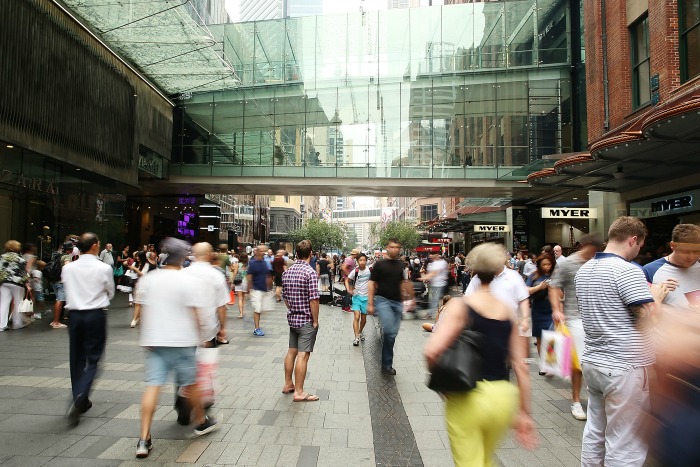
But it’s not just shops that have taken over – as online stores have changed shopping all over again.
With big sites such as Amazon and eBay offering almost anything you could wish for, the ease of clicking your mouse can often appeal to people more than walking around the busy shops.








 Proudly Australian owned and operated
Proudly Australian owned and operated